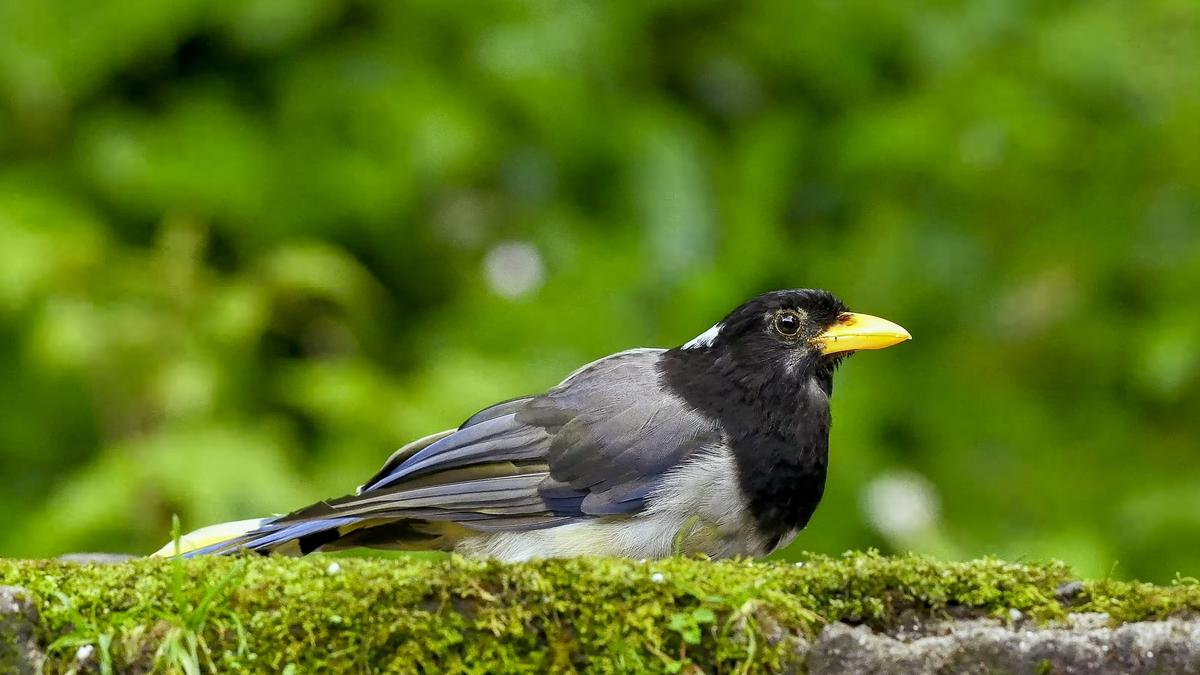Important Facts For Prelims
Himalayan Magpies
- 13 May 2024
- 3 min read
Why in News?
Recently, the enchanting Himalayan magpies have garnered increased attention as researchers delve deeper into their habitats and behaviours.
- These captivating birds adorn the mountainous landscapes from Kashmir to Myanmar, adding vibrancy to the region.
What are the Key Facts About Himalayan Magpies?
- Corvidae Family and Magpies: Magpies belong to the Corvidae family of birds, which includes crows, jays, and ravens.
- Corvids are generally considered to be noisy, inquisitive birds that are often associated with omens, both good and bad, in folklore from around the world.
- Despite their folklore associations, magpies are striking in appearance, and some of the most noticeable species are found in the Himalayas.
- Himalayan magpies are classified as "least concern" on the IUCN Red List of Threatened Species.
- Himalayan Magpie Species: From Kashmir to Myanmar, a few closely related blue magpie species are a common sight in the Himalayas.
- The gold-billed magpie (Urocissa flavirostris), also called the yellow-billed blue magpie, occupies the high-altitude zone between 2,000 and 3,000 meters above sea level.
- The red-billed magpie (Urocissa erythroryncha) is found at slightly lower heights, while the blue magpie is found at lower altitudes where human populations are larger.
- Corridors and Bird Diversity: The best sightings of the yellow-billed and red-billed magpies are in the trekking corridor in Western Sikkim, which leads from the town of Yuksom (1,780 meters) to the Goche La pass (around 4,700 meters).
- Nesting and Behavior of Himalayan Magpies: Yellow-billed blue magpies build nests in rhododendron trees, hastily constructed with twigs and grass.
- The blue magpie and red-billed magpie are similar in appearance, though a little smaller than the yellow-billed variety.
- Magpies can be spotted as solitary birds, in pairs, or noisy flocks of 8-10 individuals.
- Threats and Conservation Concerns: Increasing human activity in forested areas raises concerns about the ability of magpies to cope with habitat changes.
- Tourist attractions like rhododendron flowers pose sustainability challenges, as villagers may resort to forest resources to support tourism







